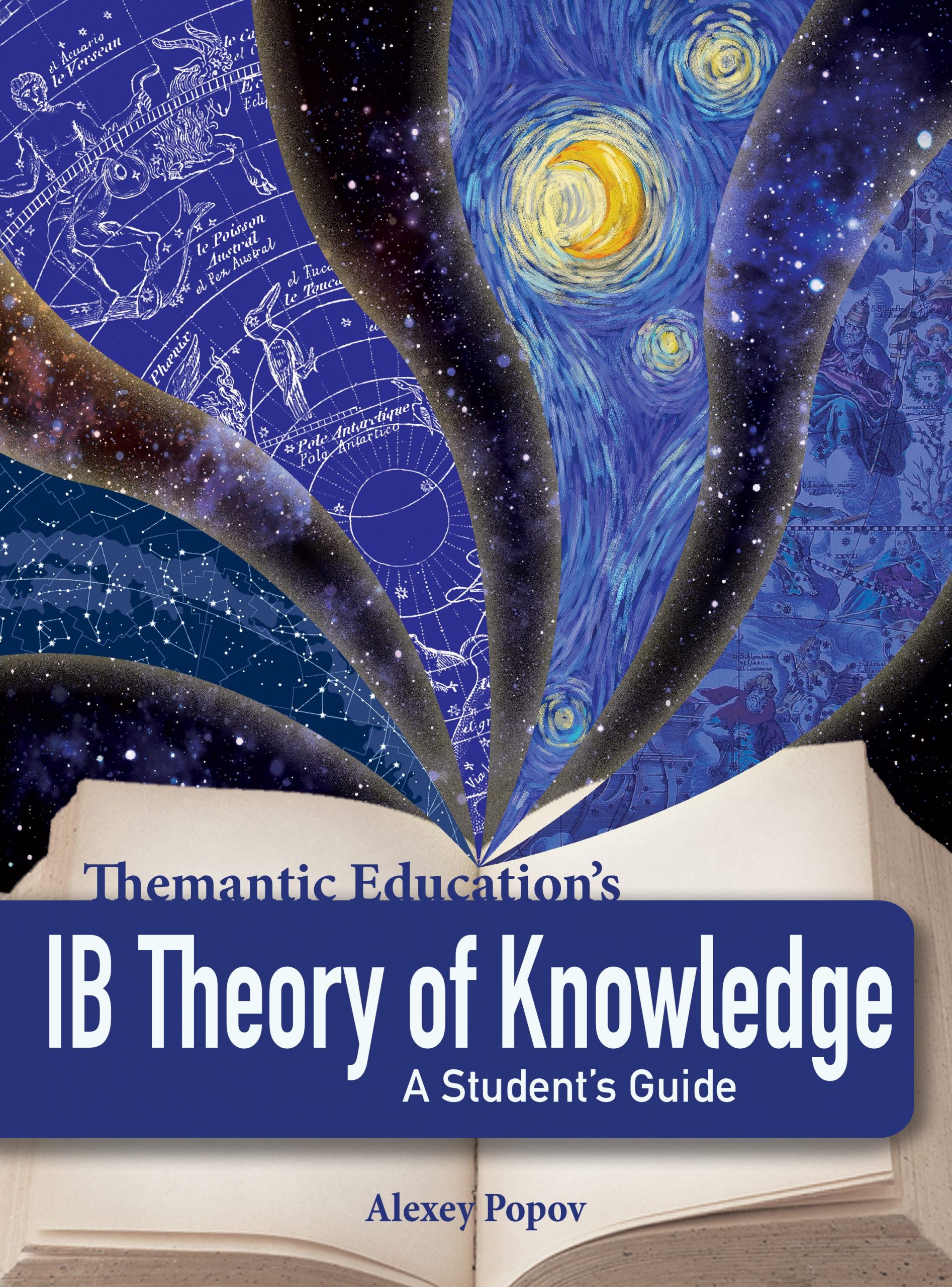*** Problem ***
A big change in my day-to day teaching of TOK that I made recently is the introduction of workbooks into every lesson.
I was looking back at my teaching experience and realised one thing. When we start teaching this new daunting subject, we worry a lot more about how we will teach than how our students will learn. Novice teachers are concerned about the parts where they explain things to students because they are not confident they fully understand these things themselves. They are worried about what they will do in the lesson, what they will say, how they will behave, how they will come across. They research the topic they are planning to present, make slides to support their presentation, find videos and articles for students to watch and read. The main questions they seem to be concerned with are “How much time will I spend doing this activity?” and “Do I have enough stuff to fill the entire lesson?”
All this leaves little room for thinking about how students are going to learn, what kind of experience they will have, what kind of conceptual understandings will form in their minds.
Additionally, TOK lessons have this tendency to turn into heated discussions or interesting debates that swing from one direction to another, frequently changing focus. It’s a good thing because we want students to be engaged in conversations and discuss various perspectives about things. But it is also a negative thing because these discussions may blur the key learning that was supposed to happen in the lesson, and they may leave students with the impression that something curious was discussed, but it is not clear what exactly was the point and why.
*** Solution ***
Solution? Workbooks.
I have a workbook for every lesson. It is 3 or 4 pages long. Mine are designed to follow the CHACER lesson model (Consolidate – Hook – Activity – Check-in – Extend – Reflect). They are aligned with our Themantic materials – for every lesson there is a section in the textbook, a lesson plan, a workbook and supporting handouts. But yours could be different, so it’s not the point of this blog post. The point is, there needs to be a workbook.
It provides structure and direction to the lesson while still allowing for sufficient flexibility to engage in side discussions and occasionally regress into debates. It focuses students’ attention on the key conceptual understandings, key take-away messages and concepts in every lesson, so that students clearly understand what it is they need to learn as a result of this class.
It provides important stop-and-think points throughout the lesson where students get a chance to pause for a couple of minutes, reflect on what just happened and summarise their new understanding (or opinion) in one or two sentences. Or they have a quick understanding check to see if they are following, and are prompted to ask questions in case they aren’t.
Some students are introverts, some need a moment to think before they can answer meaningfully, so they don’t thrive in discussions. But they show their full potential if they can process their thoughts and formulate them in writing – another opportunity provided by the workbook. This way you will make their thinking visible too.
Some students are capable of doing more in the same amount of time. They can benefit greatly from the extensions provided by the workbook. While others are getting stuck trying to comprehend a knowledge concept, these fast-finishers can keep themselves busy with extension activities without disrupting the flow of the lesson. Differentiation!
Some students have trouble following what’s happening in the classroom, especially in a highly abstract subject such as TOK. They can benefit from the opportunity to go back and revisit the lesson on their own time. They can open the workbook at home and complete the entries that they haven’t completed in class.
*** How does it work in my lessons? ***
We use Google Classroom. Before each of my TOK lessons, I share the workbook for the upcoming lesson with my students electronically and I set the deadline for submission in a week. My rule is: hand in the workbook after every lesson. Sometimes I tell students to hand in even if we didn’t finish everything, and they just submit whatever is finished. Those who are willing to bring it to completion, however, can complete at home and hand in within a week. Sometimes when I think the topic is important, I tell students that it’s compulsory to finish everything before handing in. In any case, after 10 lessons I have 10 workbooks from each of my students. This allows me to very quickly and easily see their progress, whether or not they are on track, and what they are struggling with.
The workbooks are easy to mark. You don’t actually have to mark them at all – that’s not the point. The point is that students get into the habit of handing in a piece of work after every lesson, so they know that the teacher could hold them accountable. I usually do random checks on the ones I think are particularly important.
*** See for yourself ***
To get a sense of how our workbooks “work”, and to see for yourself how our workbooks are designed to match the lesson plans and the textbook, check out:
More resources:

Alexey Popov is a teacher of IB Psychology and Theory of Knowledge. He is an IB author, examiner and workshop leader. He also authored Oxford IB Psychology books. He currently lives in Hong Kong.

